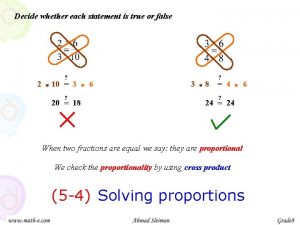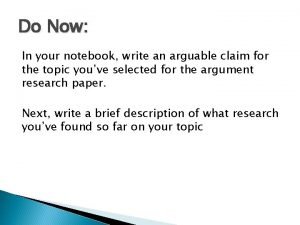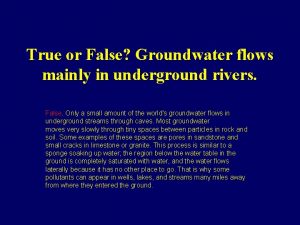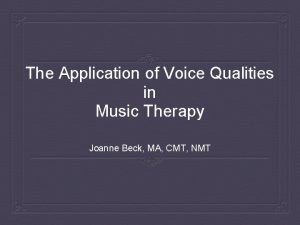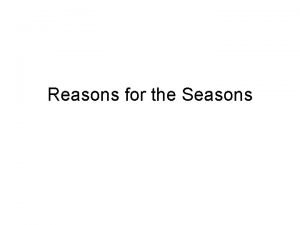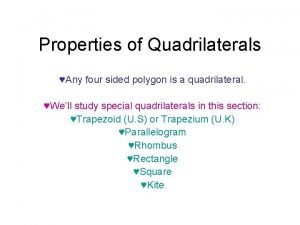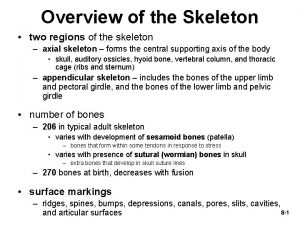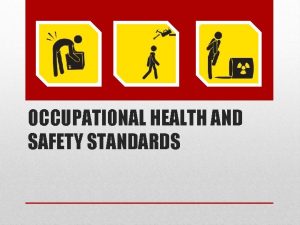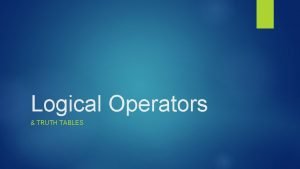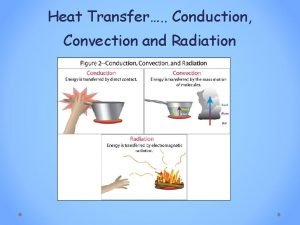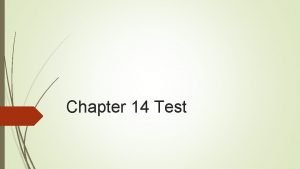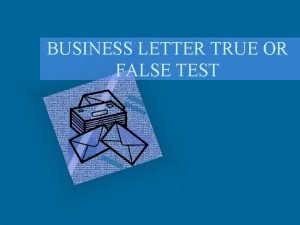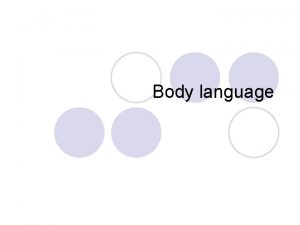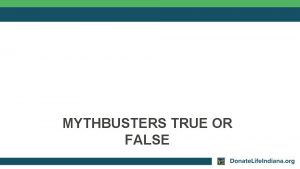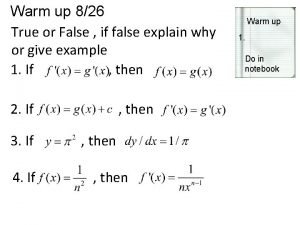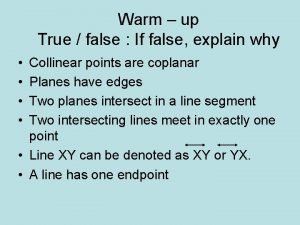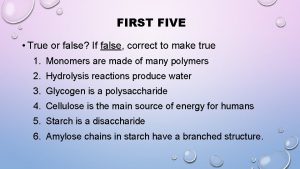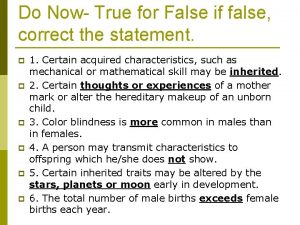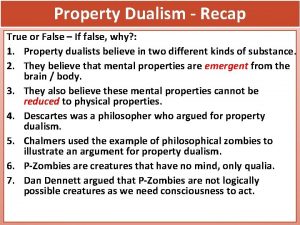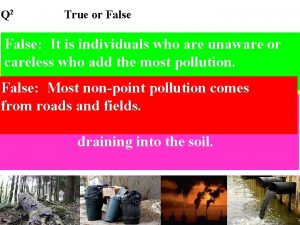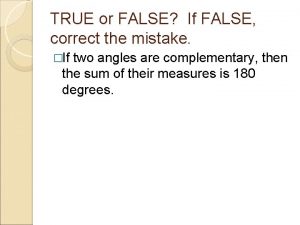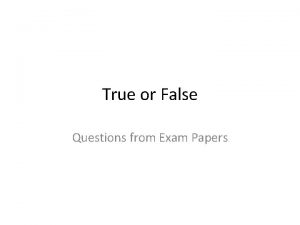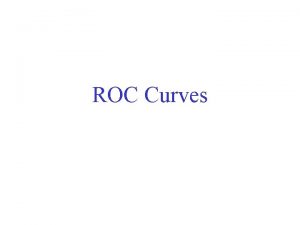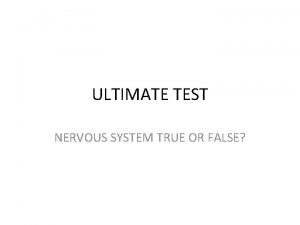Plants For each statement write true or false



























- Slides: 27


Plants For each statement, write true or false. Then explain your answer. 1. Humans could survive without plants. 2. Plant cells contain the same organelles as animal cells.

Plant Cells

Plant Cells Contain some of the same organelles as an animal cell Nucleus, Plant mitochondria, ribosomes Only Organelles Chloroplasts: Cell make food wall: protect and support the plant Vacuole: store water

Plant Structures and Functions Leaves Major site for photosynthesis Contain chloroplasts Contain stomata Small openings in leaves Water vapor, CO 2, O 2 go in and out

Plant Structures and Functions Stems Woody = tree Herbaceous Support = flexible, green structure for plant Transport sugar produced during photosynthesis Transport and store food or water

Plant Structures and Functions Roots Anchor plants in soil Keep it from being blown away or carried away by water Enable it to grow upright Absorb and store water and minerals from soil

Types of Plants Non Vascular Plants No tissues for transporting water and nutrients (1) Examples (2) Mosses Liverworts Hornworts

Types of Plants Vascular Plants Contain vascular tissues for transporting water and nutrients (3)

Types of Plants Vascular Seedless Plants (4) Examples (5) ØFerns ØHorsetails ØClub Mosses

Types of Plants Vascular Seed Plants (6) Gymnosperms (7) Non-flowering Seeds not in fruits EX: conifers produce cones Angiosperms (8) Flowering Develop fruit containing seeds Attract birds, insects


Plant Reproduction Asexual reproduction Occurs when only one parent organism or part produces a new organism Examples Rhizomes Tubers Runners Cuttings

Plant Reproduction Sexual reproduction Involves male and female sex cells Each contributes genetic material New organism is genetically different

Plant Reproduction Seedless Plant Reproduction Do not produce seeds Reproduce asexually or using spores

Plant Reproduction Seed Plant Reproduction Pollination Occurs when pollen grains land on the female plant structure of a plant in the same species Fertilization Sperm from a pollen grain joins with an egg Cell Division Diploid embryo cell divides creating an

Plant Reproduction Gymnosperm Reproduce with cones Pollen produced by the male cone Eggs and eventually seeds produced by female cones

Plant Reproduction Angiosperm Contain Petals 4 main parts for reproduction Brightly colored; attract pollinators Beneath petals; protect flower buds Sepals Pistil Female reproductive organ Contains ovary, where seed develops Stamen Male reproductive organ Produces pollen


Factors that Influence Growth Both environmental and genetic factors influence plant GROWTH

Factors that Influence Growth Environmental Factors § Any element in an ecosystem that impacts living THINGS § Environmental factors can be INTERNAL or EXTERNAL Internal Hormones (chemicals in plant) can affect growth, seed germination, fruit ripening External Touch Gravity Light

Factors that Influence Growth Genetic Factors Adaptation Are INHERITED traits passed from one generation to another Is the process where a group of plants becomes better suited for its ENVIRONMENT Parents pass GENETIC information to their offspring Through ADAPTATIONS the genetic traits that are best suited for SURVIVAL and reproduction are found more frequently in the population

Plant Processes Photosynthesis 6 CO 2 + 6 H 2 O → C 6 H 12 O 6 + 6 O 2 (Carbon Dioxide) Occurs (Water) (Glucose) (Oxygen) in chloroplasts of plant leaves Organisms use the products of photosynthesis (sugar and oxygen for cellular respiration

Plant Processes Photosynthesis

Plant Processes Cellular Respiration C 6 H 12 O 6 + 6 O 2 → 6 CO 2 + 6 H 2 O + ATP (Glucose) Occurs (Oxygen) (Carbon Dioxide) (Water) (Energy) in cytoplasm and mitochondria Organisms use the products of cellular respiration for photosynthesis

Plant Processes Cellular Respiration

 Write true or false for each statement
Write true or false for each statement Amer rasheed
Amer rasheed Identify each statement as either true or false.
Identify each statement as either true or false. Decide whether each statement is true or false.
Decide whether each statement is true or false. Chapter 6 geometry review
Chapter 6 geometry review Write true or false according to the text
Write true or false according to the text Are these statement true or false
Are these statement true or false If false
If false In your notebook write the words to describe these pictures
In your notebook write the words to describe these pictures In your notebook write the
In your notebook write the Sound waves are transverse waves true or false
Sound waves are transverse waves true or false Most groundwater comes from rain true or false
Most groundwater comes from rain true or false True vocal folds and false vocal folds
True vocal folds and false vocal folds There are two seasons in a year true or false
There are two seasons in a year true or false Four sided shapes
Four sided shapes Find percentage increase
Find percentage increase Difference between true ribs and false ribs
Difference between true ribs and false ribs Contingency measures during workplace accidents
Contingency measures during workplace accidents Mla works cited indentation
Mla works cited indentation Boolean operators table
Boolean operators table True or false questions about leadership
True or false questions about leadership Does heat radiation travel in straight lines
Does heat radiation travel in straight lines Chapter 41 telephone techniques
Chapter 41 telephone techniques Chapter 3 true false quiz accounting
Chapter 3 true false quiz accounting With the block format, all new paragraphs are indented.
With the block format, all new paragraphs are indented. Body language is a part of listening. true false
Body language is a part of listening. true false Accounting chapter 11 true false
Accounting chapter 11 true false установите соответствие true и false
установите соответствие true и false



